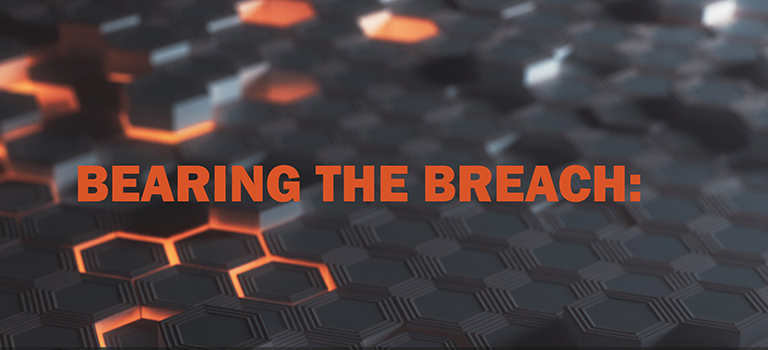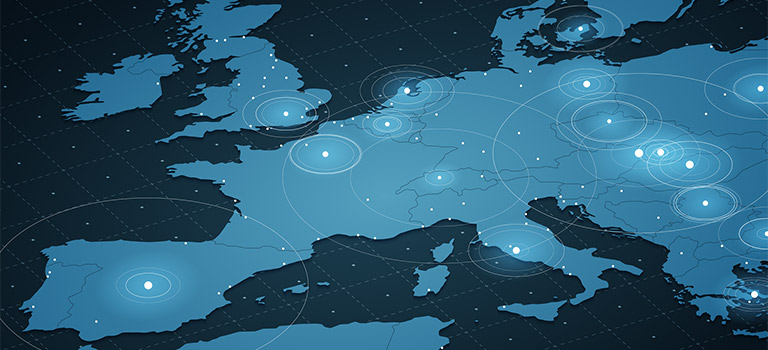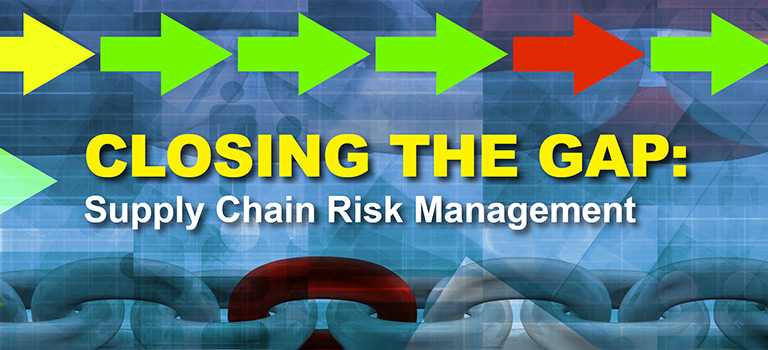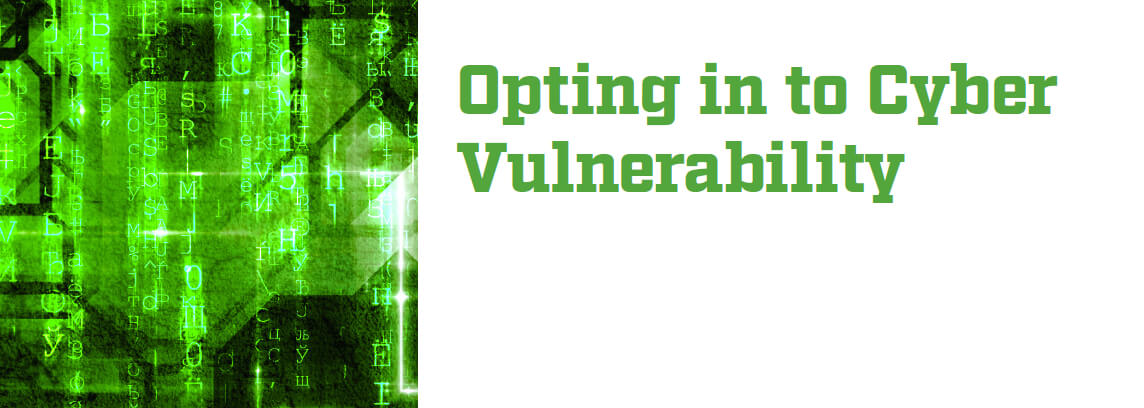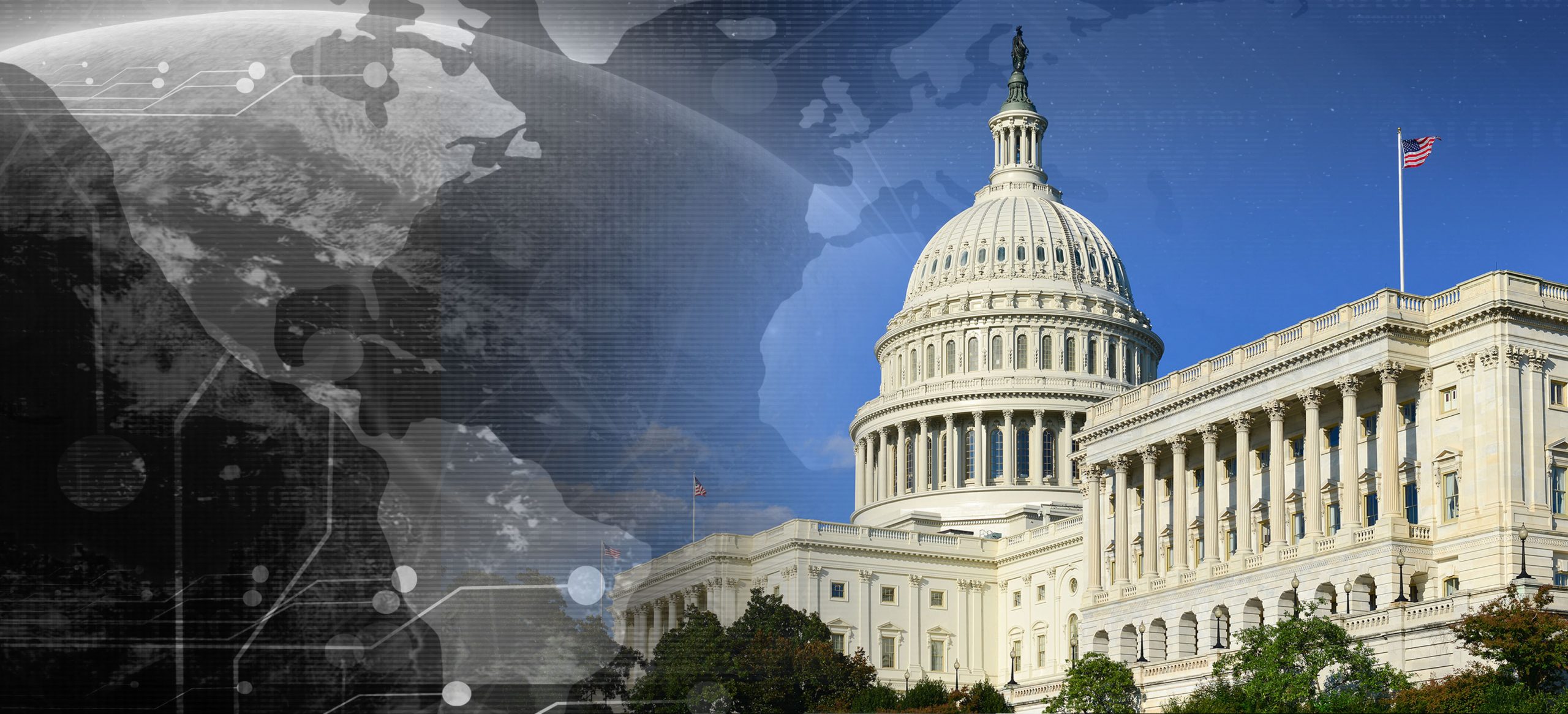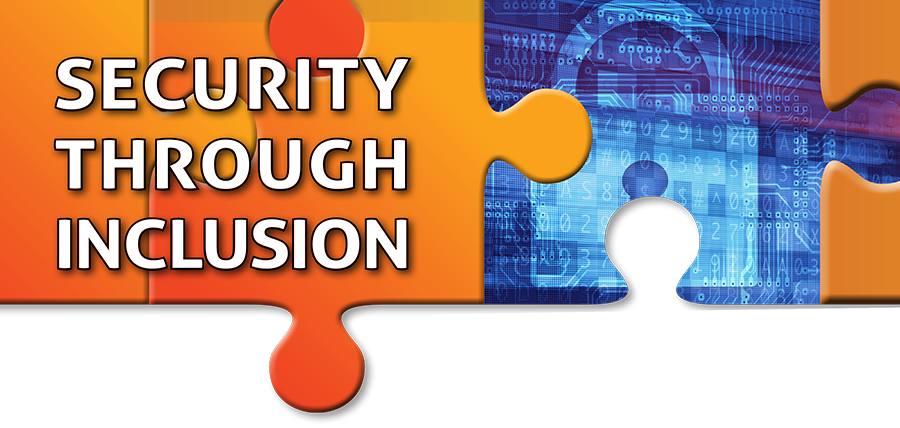Cybersecurity Policy
BEARING THE BREACH: The Buzz About Cyber Insurance
Author(s):
Morgan Holmes, Commercial Property & Casualty Broker, Insurance Force
Is your data connection really safe? What happens if your secure Internet connection is not so secure? What are the chances of a breach happening to you? Would your company be able to recover from a data breach? No matter what your primary business market is or your company’s size, in today’s marketplace, electronic communications … Read more

